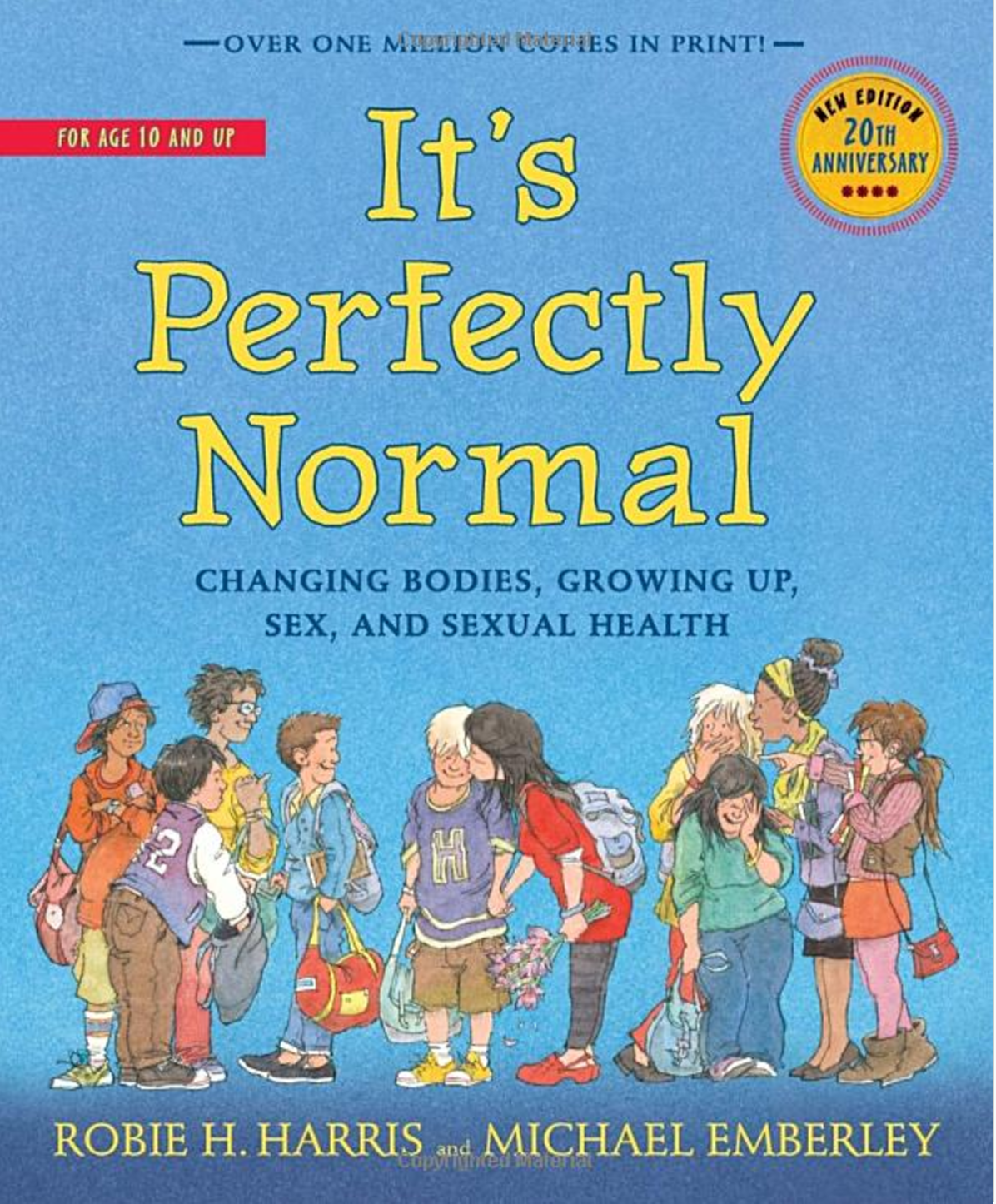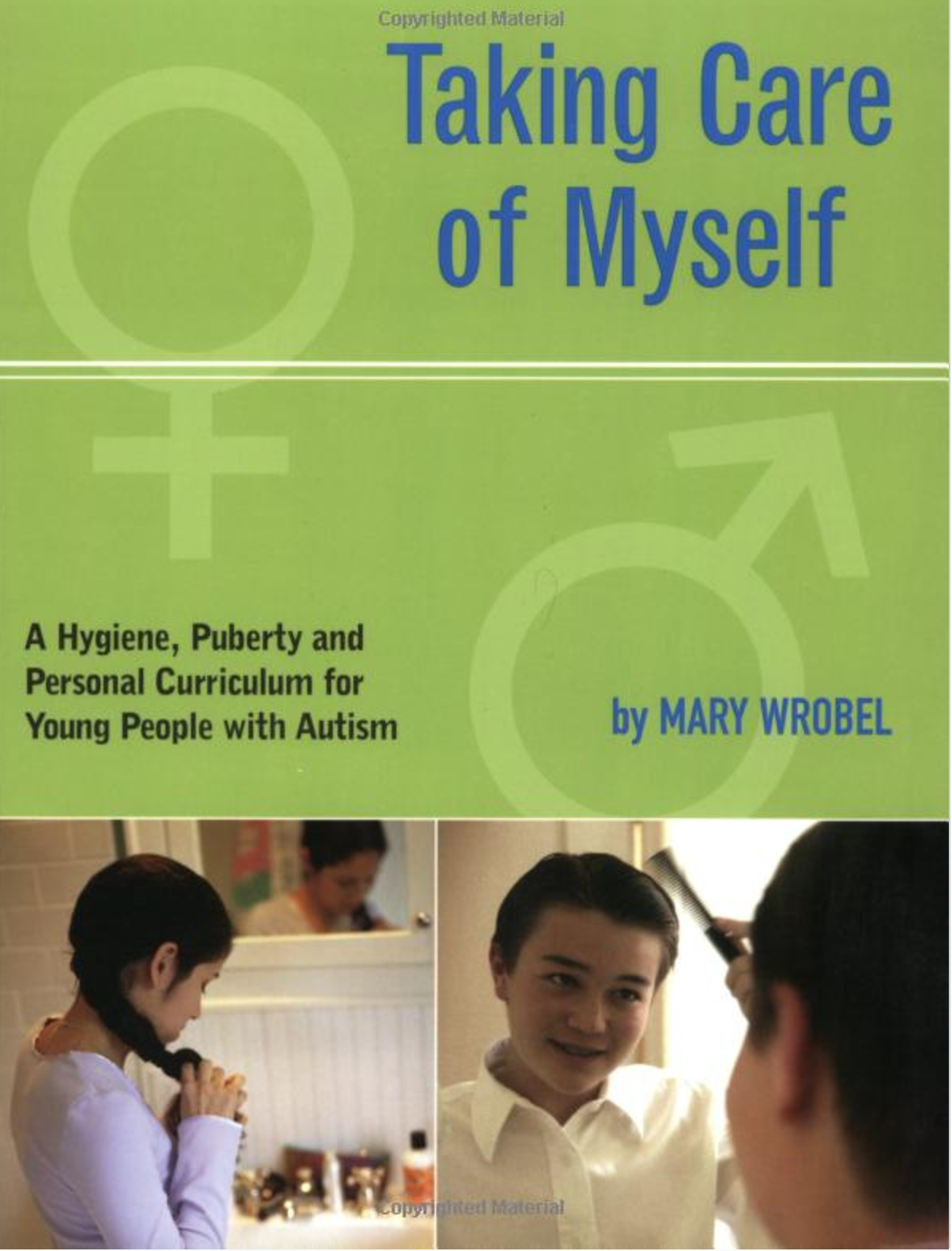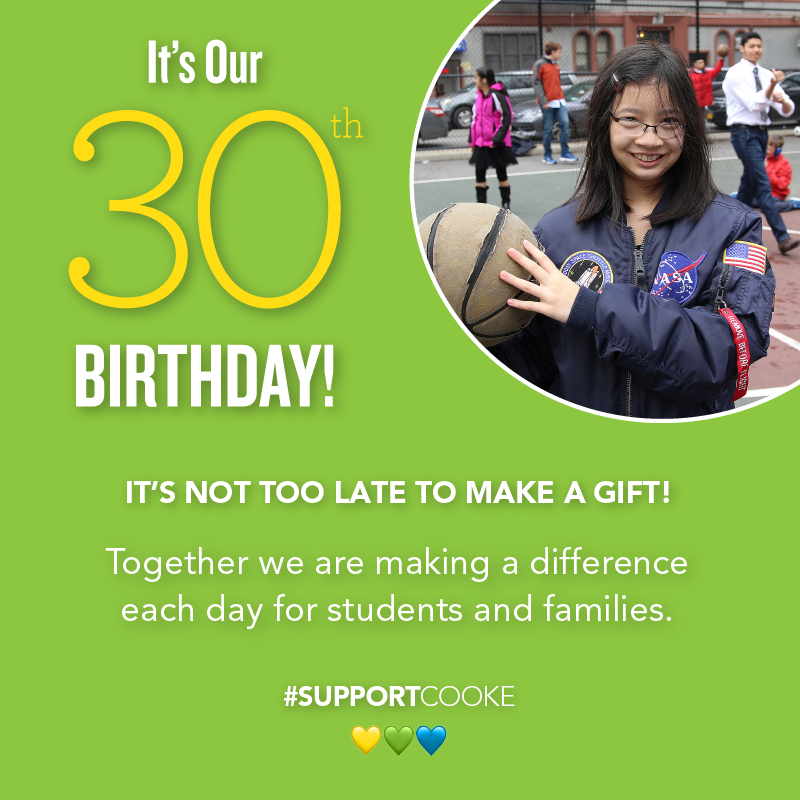
The Difficult Conversation…

Talking sex with your child is difficult for many parents. As a parent of a child with special needs, this may prove even more difficult. However, it is a necessary step in parenting that helps avoid confusion for our students. There are lots of books, and videos that can help but the ultimate provider of information regarding sexual development is you, the parent.
We cover lots of things in school such as general body awareness and development, puberty, dating, appropriate and inappropriate touching and others. We are very clear about teaching etiquette on social media and “relationships” to make sure no inappropriate information or photos are being sent. We also provide any one-on-one discussions when a student needs to have questions answered or guidance regarding their sexual development and help to answer the questions they may have.
The onset of puberty can be very challenging for students, especially those who are nonverbal. Hormonal changes often affect behavior. With no self advocacy we are often unable to address the specific needs of the student. Students with special needs can have difficulty understanding when and where self-touch or the touching of others is appropriate. Some students need help in understanding the physical urges they face and don’t know how to respond. And it isn’t just the physical changes that can be difficult. For many, the emotional changes in liking another girl or boy, what it means to be in a relationship, jealousy, dating, is all a blurry mess. Having conversations is a start in helping students navigate this time of life.
Some basic info on having the conversation with your child:
- Language. Always use the correct anatomical language with your child. It is important that the names of body parts are clear and universally understood. I have heard all sorts of names for anatomical features that gets confusing for students.
- Independence. Children need to be encouraged to bath, wipe after using the bathroom, get dressed etc. on their own. It is important for the child to see that their body is their own.
- Comfortable Touch/Uncomfortable Touch. In regards to touch we always reinforce (at school) no one should touch you when you do not want them to and you should never touch another without permission. Hugs are nice, unwanted hugs are not nice. Good and Bad language should be reduced as we don’t want students to feel that emotional needs are good and bad, but comfortable and uncomfortable touch needs to be understood and reinforced.
- Public/Private. Some things are private. Touching yourself is one of those things. If a child is stimulated or being to explore masturbation the public/private discussion needs to begin. It is okay to explore, but this is something we do in private, in the bathroom or bedroom not in the lunchroom. This public/private conversation includes getting dressed and having sensitive conversations as well.
- It’s your body! Always reinforce that the child’s body belongs to them. If anyone touches and it is uncomfortable they should immediately tell that person. More complex is that feelings change. What starts out as feeling good, might not last and turn to something that does not feel good. The person always has the right to stop touch or being touched at any time. Now having said this, there will be times that a doctor or care assistant needs to touch a person’s private parts. This should be referred to as a business touch for medical or hygiene reasons. If it is confusing encourage doctors or caregivers to explain why they are touching and for what purpose.
- Keeping an open mind. Your child may be interested in the same sex, may not be interested in anyone, or may just have needs you are not understanding. Whatever the needs of your child, they are biological and can be intense. Seek help when needed.
Here are a few places to get additional help –
http://sexuality.about.com/od/sex_and_disability/Sex_and_Disability.htm
Sexuality and young people with disabilities or chronic illness.
http://www.med.umich.edu/yourchild/topics/disabsex.htm
Sex education and students with disabilities.
Dating and disabilities.
How sexuality is affected by different disabilities.
http://lifecenter.ric.org/index.php?tray=topic_alt_subtopic&tid=top163&cid=5053
Talking to your child.
https://www.stanfield.com/blog/2015/10/6-tips-for-talking-about-sex-with-special-needs-teens/
https://www.autismspeaks.org/docs/family_services_docs/parentworkbook.pdf
As for books, there are quite a few good reads on the topic for students. First is –

Pictures, easy to read. Somewhat interactive. Goes through all the major points of puberty and sexual development. Very engaging. This is what we generally use at school. It was developed at Mt. Sinai. Great for ages 10 and up.

Great book! Especially for student who are non verbal. Provides great scripts for parents, very factual, minimal visuals. Deals with topics of masturbation, hygiene and other puberty topics. I especially like the way they go through different topics with a “matter of fact” language and simple directions. This is not just for students with Autism.

There are a series of Tom books for boys. It is more of a social story about various topics. Worth taking a look at.

Here are a few video sources:
https://www.youtube.com/watch?v=cD6xvQpdgzE
https://www.youtube.com/watch?v=gds2RvmCBKE
https://www.youtube.com/watch?v=xTNZg82EnXs
There are many videos that actually provide visual instruction on masturbation or having safe sex for people with disability (Most highlight a physical disability). Please always preview things you may want to show your child.
Finally here are some curriculum materials that may be helpful in your conversations.
A great deal has been invested in developing curricula and teaching tools that address the many facets of human relationships, from developing social skills and friendships to assuming responsibility for one’s own body, including sexuality. Here, we list resources that are indispensable to those providing sexuality education to young people.
Guidelines for comprehensive sexuality education: K-12.
These guidelines, developed by a national task force of experts in the fields of adolescent development, health care, and education, provide a framework of the key concepts topics, and messages that all sexuality education programs would ideally include.
http://www.siecus.org/_data/global/images/guidelines.pdf
Hey! What about younger children?
Indeed. Here are guidelines to help child care centers and preschools address age-appropriate sexuality issues. It’s called Right from the Start: Guidelines for sexuality issues, Birth to 5.
http://www.siecus.org/_data/global/images/RightFromTheStart.pdf
Find fact sheets and educator resources on the guidelines.
In addition to making the K-12 guidelines above available, SIECUS (the Sexuality Information and Education Council of the United States) offers numerous materials to illuminate them. Click on the link below. Then look to the left of your screen, and you’ll see the types of materials you can access.
http://www.siecus.org/index.cfm?fuseaction=Page.viewPage&pageId=514&parentID=477
A finely tuned library of info, including lesson plans.
SexEdLibrary is also brought to you by SIECUS and connects educators, counselors, administrators, and health professionals with the latest in human sexuality research, lesson plans, and professional development opportunities. Hundreds of lesson plans were analyzed from multiple sources to offer easy access to the very best on such topics as sexual and reproductive health, puberty, abstinence, relationships, sexual orientation, body image, self-esteem, sexually transmitted diseases, HIV/AIDS, unintended pregnancy, and more.
Teaching tools for the classroom.
Lots of great materials for teachers at the link below.
#SupportCooke

For 30 years, Cooke has been committed to providing
“Independence through Education” for our diverse learners.
Please consider making a gift by June 30th (our fiscal year end).
Your gift makes a difference!




